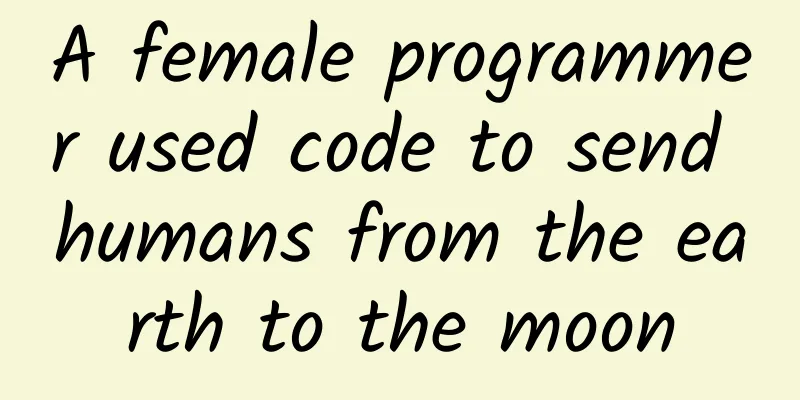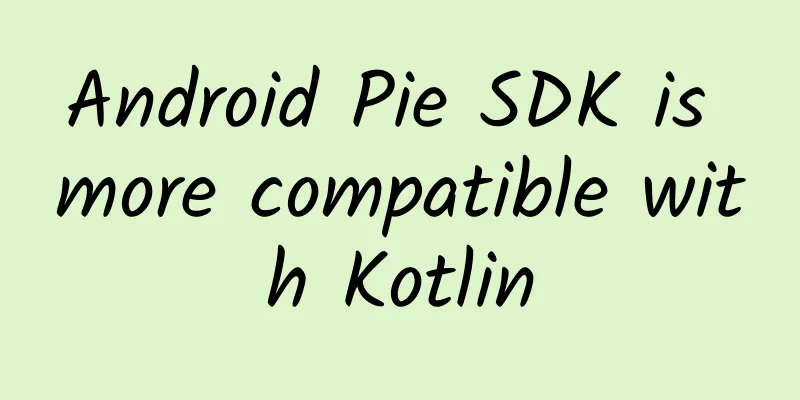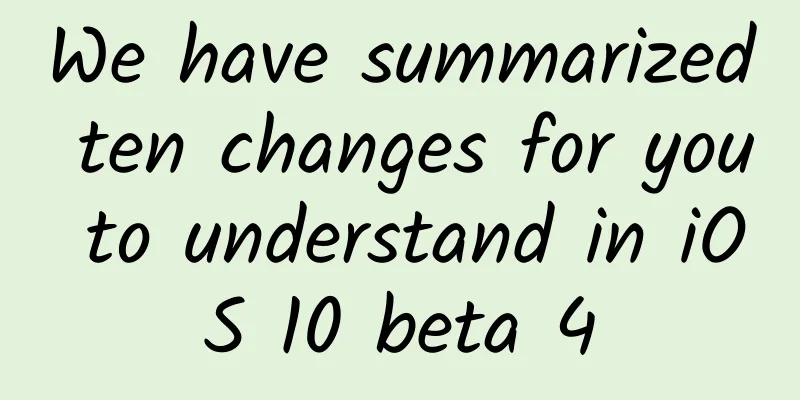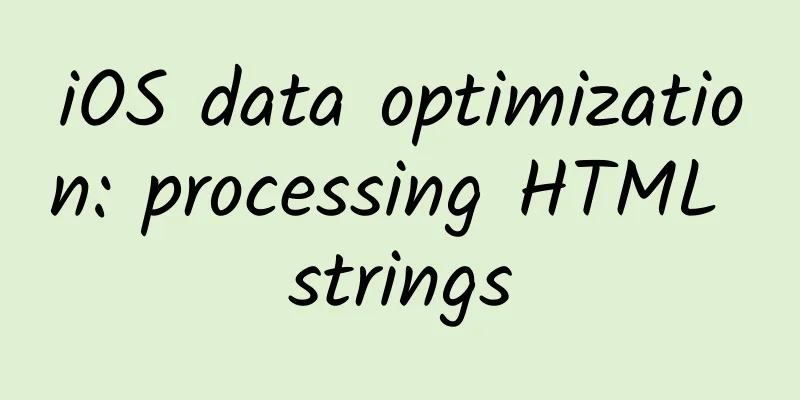A female programmer used code to send humans from the earth to the moon

|
Without her, there would be no Armstrong's small step and one giant leap for mankind. Margaret Hamilton had no intention of coming up with the modern concept of software, nor did she think of sending humans to the moon. In 1960, society did not encourage women to work in high-tech industries. At that time, Margaret, 24, had just graduated from the undergraduate program in mathematics. She planned to save money for three years to support her husband's admission to Harvard Law School, and then go to graduate school for mathematics. But the Apollo moon landing program was launched at that time. Margaret led an epic engineering feat in the laboratory, which would change the future of mankind and technology. Being a working mother in the 1960s was already unusual, but Margaret was also a programmer who wrote code for the spacecraft. On weekends or weeknights, Margaret would bring her daughter Lauren to the lab. In the office overlooking the Charles River, four-year-old Lauren slept on the floor while Margaret was busy writing code - all of which would eventually be added to the computer in the Apollo control module. Margaret recalled, "They said to me, how can you leave your daughter?" But she loved the mystery and novelty of this job, and she also liked the camaraderie among colleagues - after get off work, they would drink together in the MIT staff club and tell jokes that only technology geeks could understand. Others were confused, but in the lab, she said, "I was one of the brothers." Back then, the technology and engineering fields were dominated by "bros." Just as there are few female programmers in the tech world today, Margaret was a complete anomaly. Today's software developers should also be surprised that one of the founders of this "boys club" was a woman. They may also stop and think about why this gender inequality in the Mad Men era persists today. Margaret's career was gradually on track, and the software world at that time was on the verge of a major change due to the Apollo moon landing project initiated by Kennedy in 1961. Margaret worked in the Instrumentation Laboratory of MIT, where she and her colleagues wrote code for the world's first portable computer and also created the core concept of computer programming. Margaret became an expert in system programming and was recognized in many important technical debates. "When I first started studying programming, no one knew what we were doing. We were like the wild and desolate Wild West of the United States. There was no such course and no professor taught this." Margaret said. This was 10 years before Microsoft came along, and nearly 50 years before Marc Andreessen (the guy who first developed the browser) discovered that software was "eating the world." In the early days of the Apollo program, people didn't think much about what software was. MIT astronautics professor David Mindell wrote in Digital Apollo that the documents recording the engineering requirements for the Apollo program didn't even mention the word "software." "Software was not included in the plan, so it was not in the budget." Anyway, software was not taken seriously at the beginning. But as the Apollo program progressed, the importance of software in this mission became clear. In 1965, Margaret began to be responsible for the flight software of the Apollo computer. It was an exciting time for Margaret, and the whole country was counting on her work. But sometimes the pressure would keep her awake at night. Once, after attending a late-night party, Margaret rushed back to the lab to modify a piece of code that suddenly remembered that it was wrong. "I always imagined the headlines in the newspapers, they would ask how the error happened, and the final cause would point to me." Software became an important bargaining chip for the United States to win the race to the moon. In 1968, more than 400 people were involved in developing the software for Apollo. Of course, people eventually found that software brought much more to the world. When Margaret and her colleagues were programming the Apollo spacecraft, they were also incubating an industry that would be valued at $400 billion in the future. For Margaret, programming was like punching holes in a stack of punch cards, which could be done in batches all night long on a Honeywell mainframe that simulated the Apollo moon landings. "We had to simulate every possible scenario before the spacecraft took off," Margaret recalled. Once the code was finalized, it was sent to a nearby Raytheon plant. There, a group of women "good at needlework" who were called "little old ladies" in the Apollo project would thread copper wire through magnetic rings (through the core for 1, around the core for 0). There was no RAM and no disk drives; on Apollo, storage was hard-wired and virtually indestructible. The Apollo spacecraft carried two nearly identical machines: one for the lunar module, the Eagle that landed on the moon, and the other for the operating module that carried astronauts to and from Earth. Unlike other bulky computers, these 70-pound computers were portable. Designed by MIT engineer Hal Laning and Margaret’s boss Dick Batton, they were the first major computers to use integrated circuits rather than transistors. As Mandel writes in his book, it was the first human-operated onboard navigation system with computer-controlled autopilot technology, a forerunner of the navigation systems that are now standard on jetliners. The system could hold more than 12,000 bytes permanently—the loops of copper wire the Raytheon girls had strung together—with room for 1,024 bytes of temporary storage. “It was the first time a serious computer was put on a spacecraft, and it was given a lot of responsibility,” said Don Eyles, who wrote the code for the lunar module at MIT’s instrumentation lab. “We showed it could be done. And we did it with what today seems like incredible, tiny amounts of memory and very slow computing speeds.” Without it, Neil Armstrong would not have landed on the moon; and without the software written by Margaret, Eyles, and the MIT engineers, the computer would have been useless. This was on full display on June 20, 1969. Minutes before Apollo 11 was to land on the moon, the Apollo computer suddenly began to spew error messages. It was what happened next that earned Margaret credit for helping the team resolve the crisis. The flood of error messages was caused by the computer being overworked, performing a series of unnecessary calculations in addition to the processes needed to land the control module on the lunar surface. In Houston, the engineers knew that because of Apollo's unique asynchronous processing, the computer would focus on the task at hand - landing the Eagle on the moon. Margaret said that when the software realized that there was not enough space to run the process, it would do its own error checking and focus on the most important work. "The Impossible" One day, Lauren was fiddling with the DSKY, the integrated display and keyboard computer of the MIT control cabin simulator. When she was randomly pressing keys on the keyboard, an error message suddenly appeared. Lauren somehow started a pre-running program called P01, and the simulator, which was originally in flight status, suddenly crashed. Although astronauts generally do not make such mistakes, Margaret still wanted to add a code to prevent this from happening. This proposal was rejected by NASA. "They told me over and over again that astronauts would not make any mistakes. They were trained to be almost ***," Margaret said. She instead added a program instruction that all NASA engineers and astronauts could see: "Don't press P01 during flight." She recalled, "Everyone said, 'That will never happen.'" But it did happen. It was around Christmas 1968, five days into Apollo 8, when astronaut Jim Lovell accidentally activated P01. Margaret was in the 2nd floor conference room of the Instrumentation Lab when the call came from Houston. Activating P01 had wiped out all the navigation data, and the Apollo computers could not figure out how to get back to Earth. Margaret and the MIT programmers needed to come up with a fix, a foolproof fix. After nine hours of poring over the eight-inch thick program list in front of them, they had a plan. Houston would just have to upload a new set of navigation data, and then everything would go smoothly. Thanks to Margaret, and the mischievous Lauren, the Apollo astronauts would be able to return to Earth. Equally worthy of gratitude is Margaret and the work she pioneered, which has allowed humans to recognize what they can do in space and on the ground. Software engineering, a concept pioneered by Margaret, has entered almost every aspect of human life from the moon landing to the present. By the 1970s, Margaret had surpassed her previous research in NASA and the Apollo program. She later founded and led several software companies. Today, her company Hamilton Technology is only a few blocks away from where she began her career - MIT, a place that still pioneers the code revolution and still looks up at the stars. |
<<: Jobs after he disappeared from the limelight
>>: What are the chances of Facebook succeeding in challenging Google?
Recommend
This picture has deceived countless people. I can’t believe my eyes after seeing it!
First of all, let's look at the picture below...
How to obtain accurate user conversion through SEO, SEM and WeChat public account operation?
How to obtain accurate user conversions through S...
What would happen if you put a frog in a magnetic field?
Before, people always said that meeting someone w...
Excluding Guoxin factors, revenue increased by 18.3% year-on-year. Interpretation of the three major strategies behind NetQin's Q1 financial report
On May 27, NQin Technology Co., Ltd. (NYSE: NQ) a...
Where will the domestic tablet market go in 2014: Blue Ocean or Dead Sea?
If you ask what is the fastest growing consumer e...
Xiaohongshu promotion strategy, big data + 3 major strategies!
With the development of information technology, t...
Which one will die first under marketing, QQ Space or Moments?
Since Redmi used QQ Space as a sales platform, mo...
The volcano spewed 80 grams of gold a day. Whose "pie from the sky" is it? Let's go! Let's go to collect the gold
Question of the day: Has the price of gold gone c...
Tmall Super Brand Day: A marketing revolution that turns joint marketing into IP
Recently, I was impressed by Tmall’s “coolness” a...
Los Angeles is dyed pink, like the end of the world? Are these pink substances harmful to the human body?
On January 13, 2025, pink "rain" fell f...
A green alternative to plastic → breathable and waterproof paper "armor"!
Imagine if you could put a soft and waterproof &q...
The mystery of genetic exchange between East Asians and Denisovans was solved in the caves of the Qinghai-Tibet Plateau
Produced by: Science Popularization China Author:...
User growth has undergone a qualitative change, from AARRR to RARRA!
Today, the topic I want to share with you is the ...
Fudan University and Ant Group join forces to "beat" the human brain with the human brain
In 2003, a graduate student named Wang Xiaofei fr...
Microsoft's immortal dream of mobile phones
[[337819]] The long-awaited Surface Duo, Microso...









